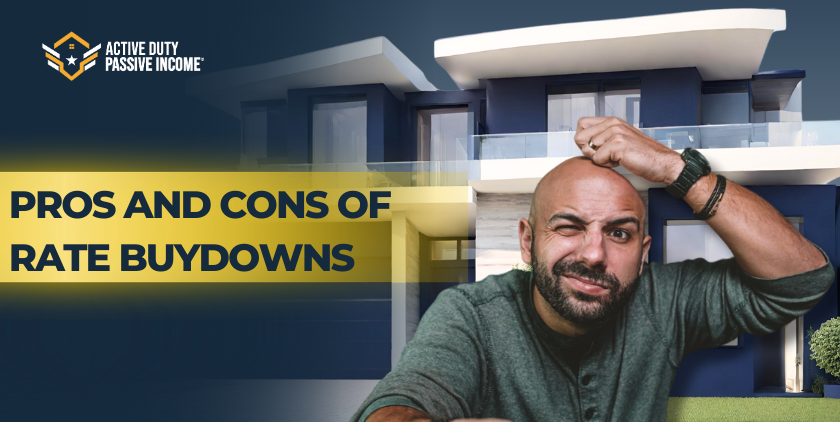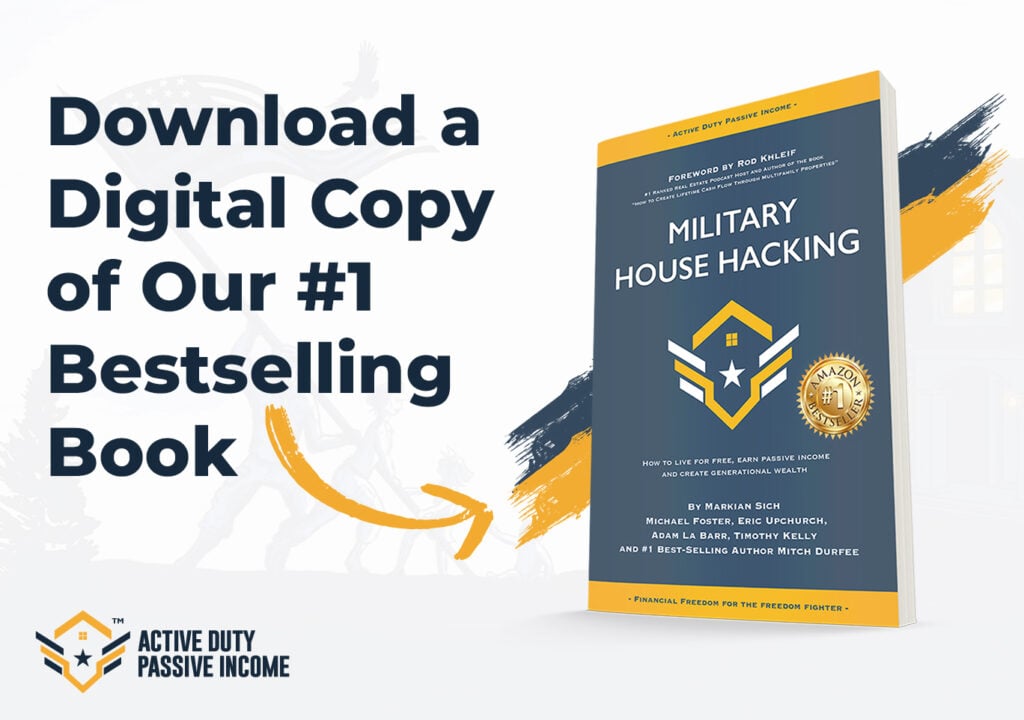Explore the pros and cons of rate buydowns to see how they can impact your mortgage payments and overall home affordability.
Rate buydowns are an important financial tool in real estate, offering benefits for both buyers and sellers. They can make a significant impact on mortgage payments, affecting affordability and investment decisions. This blog will explore the concept of rate buydowns, discussing what they are, when they are most beneficial, and where they are commonly used in real estate transactions.
What Are Rate Buydowns?
A rate buydown is a financial strategy used in real estate to lower the interest rate on a mortgage for a specified period or the entire loan term. This is achieved by paying upfront fees, known as discount points, which reduce the mortgage rate.
Types of Rate Buydowns
- Permanent Buydown: This involves paying discount points to lower the interest rate for the entire duration of the loan. Each point typically costs 1% of the loan amount and reduces the interest rate by about 0.25%.
- Temporary Buydown: This is more commonly used and involves reducing the interest rate for a specific period, such as the first few years of the loan. A popular version of this is the 2-1 buydown, where the rate is reduced by 2% in the first year, 1% in the second year, and returns to the original rate thereafter.
How Rate Buydowns Work
When a buyer opts for a rate buydown, they pay upfront fees (discount points) to the lender. These fees are essentially prepaid interest, allowing the lender to offer a lower rate. For example, if a buyer is taking out a $300,000 mortgage and opts for a permanent buydown, they might pay $6,000 (2 points) upfront to reduce their interest rate from 4% to 3.5%.
When Are Rate Buydowns Beneficial?
Rate buydowns can be beneficial in various scenarios, depending on market conditions, the buyer’s financial situation, and the terms of the loan.
- In a Buyer’s Market: When there are more homes for sale than buyers, sellers may offer rate buydowns as an incentive to attract buyers. This can make the property more appealing by lowering the buyer’s monthly mortgage payments.
- Rising Interest Rate Environment: When interest rates are on the rise, buyers might use rate buydowns to secure a lower rate before rates increase further. This can provide long-term savings on interest payments.
- First-Time Homebuyers: New buyers who might struggle with initial mortgage payments can benefit from temporary buydowns. The reduced payments in the early years can make it easier to adjust to homeownership costs.
- Investment Properties: Investors may use rate buydowns to improve cash flow on rental properties. Lower mortgage payments can increase monthly profit margins, making the investment more attractive.
Where Are Rate Buydowns Commonly Used?
Rate buydowns are common in several real estate contexts, particularly in new home sales and competitive markets.
- New Home Construction: Builders often offer rate buydowns as an incentive to attract buyers. By reducing the interest rate, builders can make their properties more affordable and competitive against existing homes.
- Competitive Housing Markets: In hot real estate markets where multiple offers are common, sellers may offer rate buydowns to make their listings stand out. This can be a decisive factor for buyers comparing similar properties.
- High-Interest Environments: During periods of high-interest rates, rate buydowns become a popular tool for buyers looking to manage their monthly payments. Lenders and sellers might offer buydowns to keep sales moving.
The Mechanics of Rate Buydowns
Understanding the detailed mechanics of how rate buydowns work is crucial for both buyers and sellers.
Cost of Discount Points
As mentioned, discount points cost 1% of the loan amount per point. The effect on the interest rate can vary based on the lender and market conditions, but a general rule is that one point reduces the rate by approximately 0.25%. For a $300,000 loan, one point costs $3,000 and might reduce the interest rate from 4% to 3.75%.
Calculating Savings
To determine whether a rate buydown is worth the cost, buyers should calculate the break-even point – the time it takes for the monthly savings to equal the upfront cost of the points. For instance, if paying $6,000 in points saves $100 per month, it will take 60 months (5 years) to break even.
Temporary Buydowns and Monthly Payments
Temporary buydowns, such as the 2-1 buydown, adjust the interest rate in the initial years of the loan. For example, on a $300,000 loan with a 4% fixed rate, a 2-1 buydown would have the following structure:
- First Year: 2% rate, monthly payment approx. $1,108
- Second Year: 3% rate, monthly payment approx. $1,264
- Remaining Years: 4% rate, monthly payment approx. $1,432
This structure can ease the buyer into the full payment amount, providing time to adjust financially.
Pros and Cons of Rate Buydowns
Pros
- Lower Monthly Payments: Rate buydowns reduce the monthly mortgage payments, making the home more affordable, especially in the early years.
- Long-Term Savings: Permanent buydowns can result in significant interest savings over the life of the loan.
- Market Competitiveness: For sellers and builders, offering a rate buydown can make their properties more attractive in a competitive market.
Cons
- Upfront Costs: The cost of discount points can be substantial, requiring buyers to have more cash available at closing.
- Break-Even Period: It takes time to recoup the upfront costs through monthly savings, which might not be beneficial if the buyer plans to sell or refinance soon.
- Complexity: Understanding and calculating the benefits of rate buydowns can be complex, requiring careful analysis and professional advice.
Rate buydowns are a versatile tool in real estate finance, offering benefits for buyers, sellers, and investors. By understanding what rate buydowns are, when they are most beneficial, and where they are commonly used, real estate participants can make informed decisions that enhance affordability, competitiveness, and financial returns. Whether through temporary or permanent buydowns, this strategy can be tailored to meet specific needs and market conditions, making it a valuable option in the real estate toolkit.








